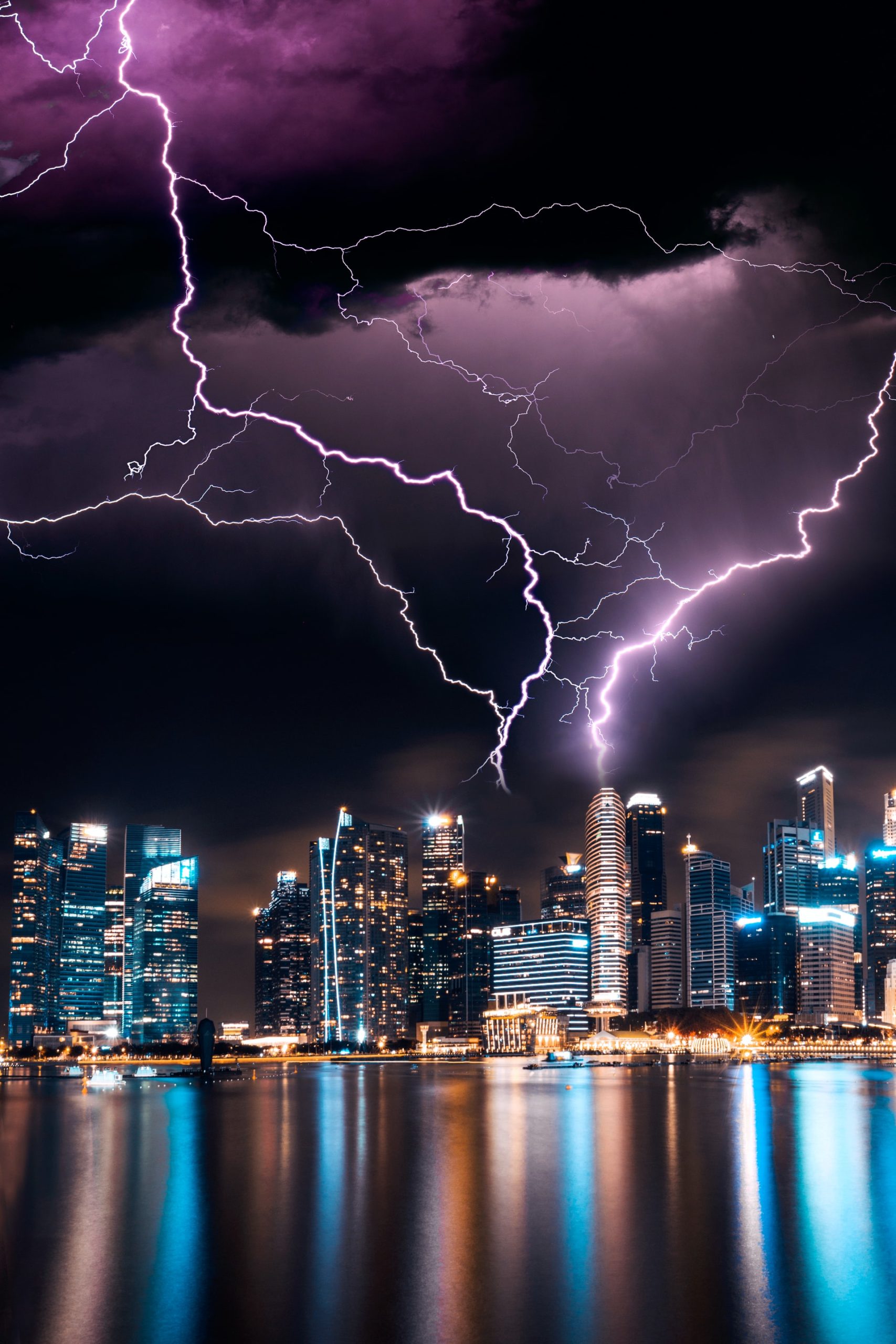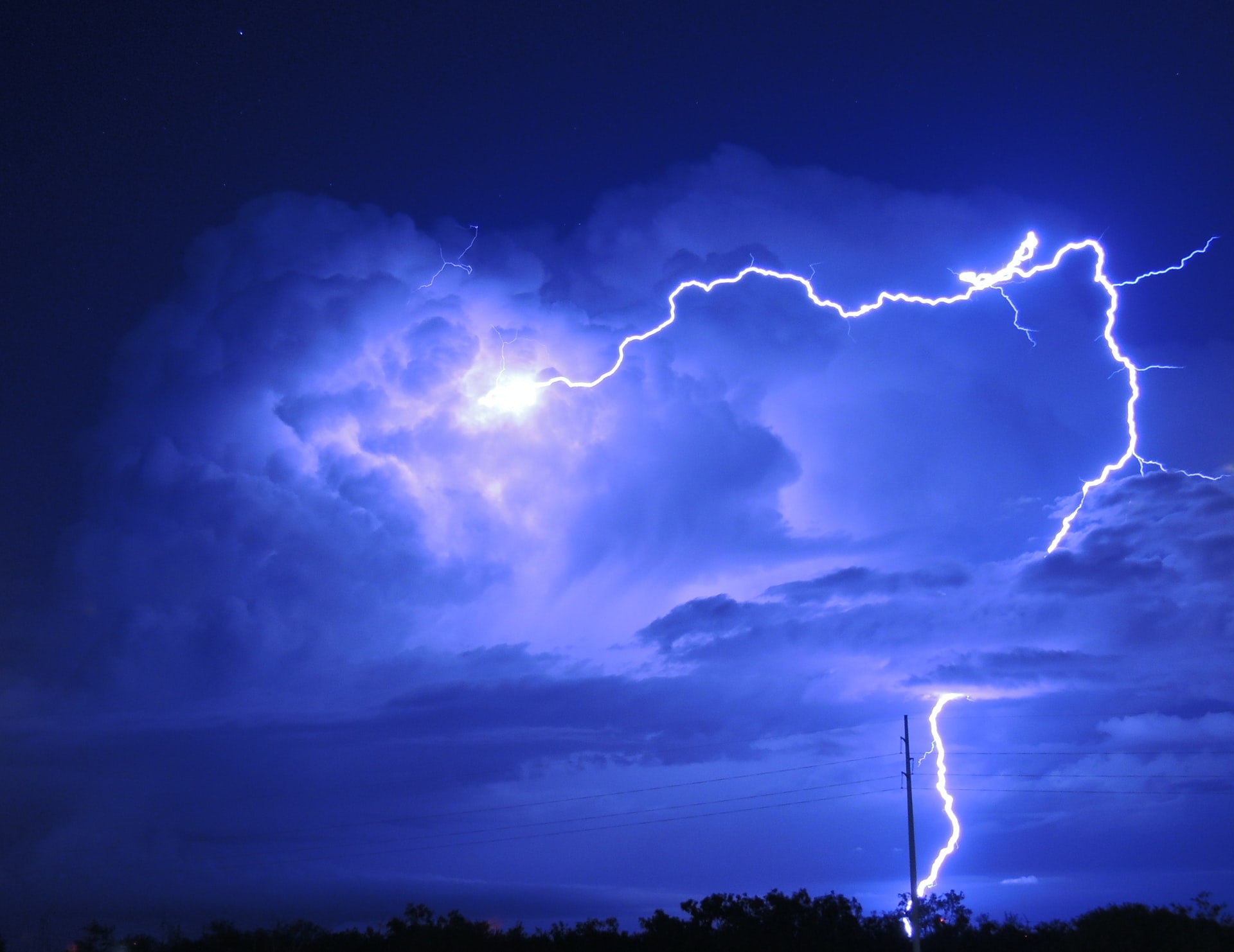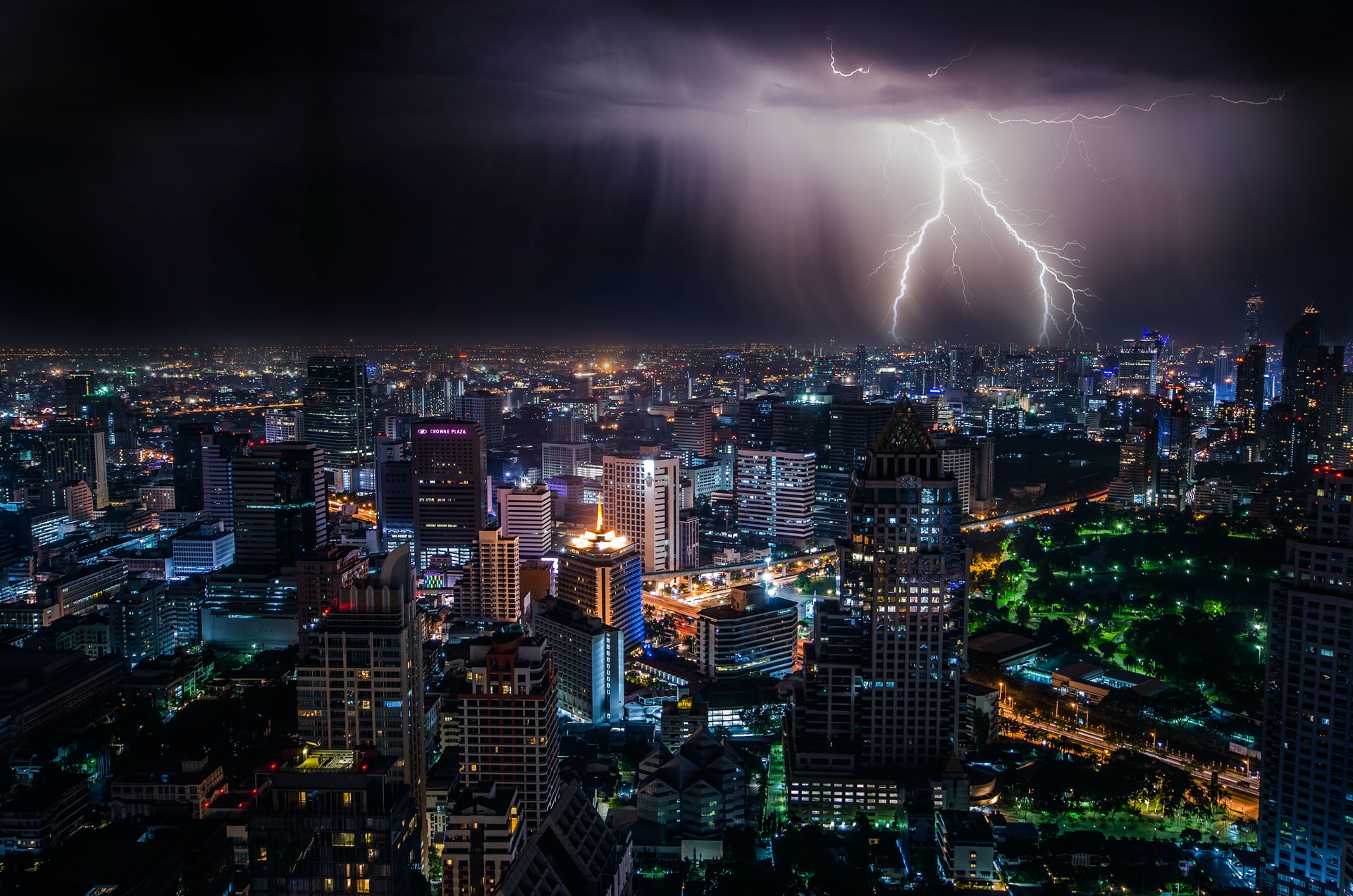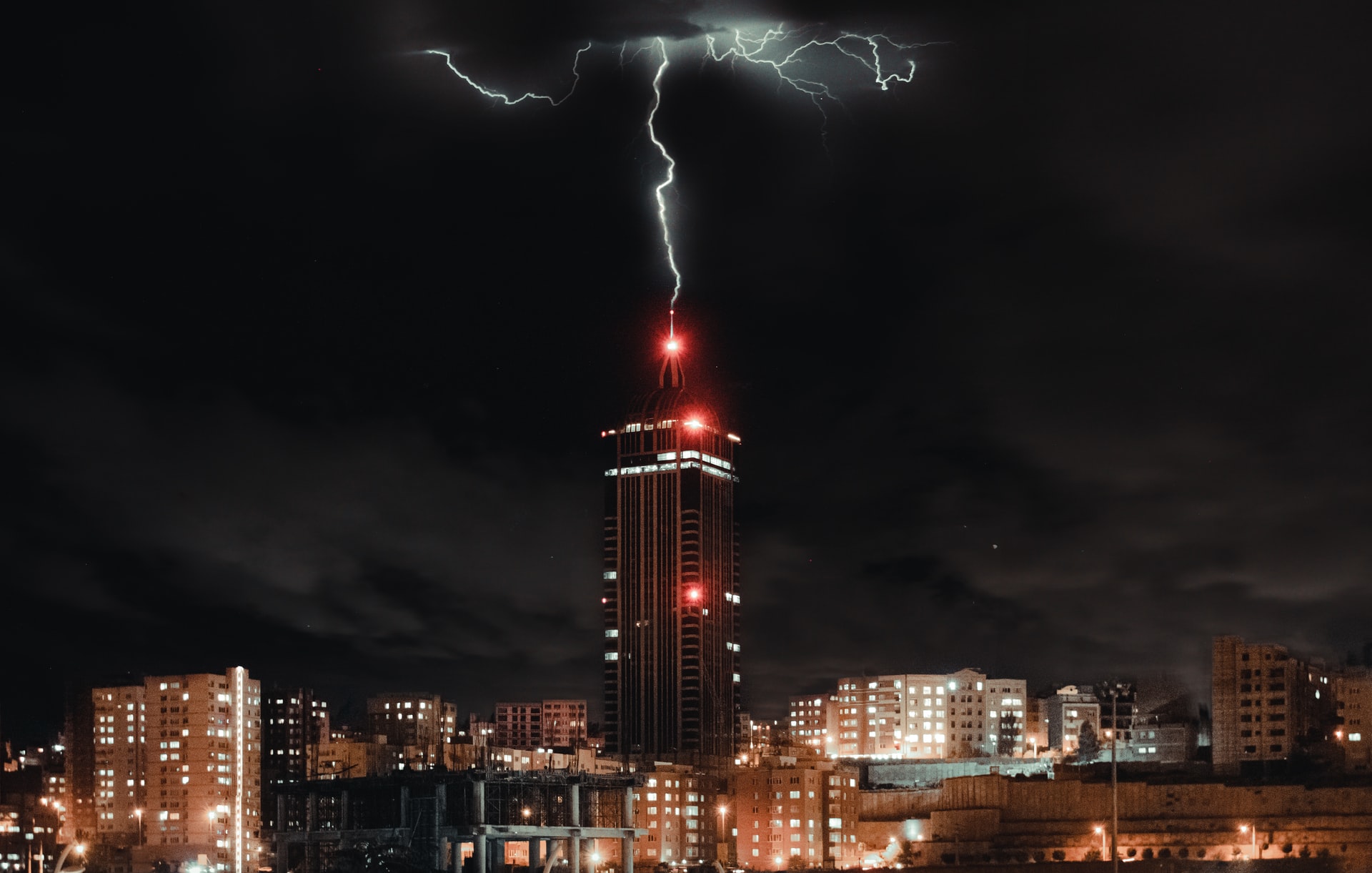Lightning rods are highly recommended for people living in mountainous regions or cities with skyscrapers. It will help you to keep your appliances away from danger. Indeed, this tool allows you to protect your homes in case of a lightning strike.
In this article, we tell you everything about lightning rods in order to protect you from these unavoidable weather hazards.
What is a lightning rod?

Benjamin Franklin invented the first lightning rod system in the 18th century thanks to a study he made with a kite and the electrical nature of lightning. Indeed, thanks to this study, he was able to implement a device to protect buildings. That, by redirecting directly into the ground, the electricity is discharged during times of storms.
How does a lightning conductor work?
The principle of operation of a lightning conductor is to encourage the lightning to come down on him rather than on the building or elsewhere. To do this, a lightning conductor is mainly composed of a rod placed on a high point. This rod is then connected to the ground by down conductors (metal cables) in order to direct the discharged electricity directly into the ground.
In addition, for the proper functioning of the lightning capture device, the lightning conductor is also made up of grounding conductors connected to each other by metallic grounds.
The different types of lightning conductors
Several types of lightning conductors differ from each other on the market, depending on their usefulness and level of complexity.
1. The lightning conductor with a “simple rod.”
The PTS is composed of a metal tip that can go up to 8 meters high in order to encompass the entire structure to be protected. It is connected to two copper down conductors, which are then connected to earth connections. It can provide protection over a radius of approximately 30 meters. However, it is strictly reserved for the protection of small structures.
2. The “enameled cage.”

The “enameled cage” lightning conductor is composed of a mesh covering the whole structure to be protected. For this purpose, numerous spikes are positioned on the roof, with meshes ranging from 5 to 20 meters long, depending on the level of protection required.
This type of lightning conductor requires a rather high installation cost and is rather reserved for complex buildings.
3. The lightning conductor with “priming device.”
The PDA creates a privileged point of impact on its tip with the help of an ionization device. It is capable of capturing lightning strikes more quickly than a PTS. Moreover, it can also offer a more expansive protection zone (about 120 m). This allows it to protect large structures.
The installation of this type of lightning conductor is inexpensive, despite the fact that it can protect both the building and its surroundings.
Is the installation of a lightning rod mandatory?
Generally, the usefulness of installing a lightning conductor will be determined mainly by the geographical location of your home. Obviously, storms are more prevalent in mountainous regions than elsewhere.
Nevertheless, if you have the means, nothing prevents you from installing this protection device, even if you are located in a region that is not very affected by lightning strikes.
Procedure for installing a lightning conductor

This lightning protection device can easily be found in stores. However, the installation of a lightning conductor always requires the intervention of a professional. Indeed, the lightning conductor, placed at the top of your house, must respect strict characteristics, including:
- The position of the tip must be above the highest point.
- The resistance of the earth connection must be at the lowest level.
- The cable connecting the lightning conductor to the ground must be short and direct. It must be separated from any other type of pipe (gas, water…)
Sound off in the comments section below and tell us what you want to read next.
